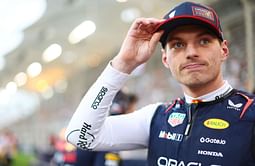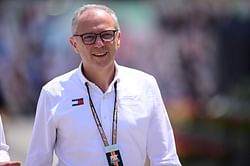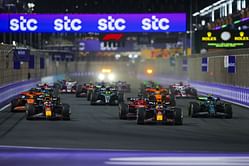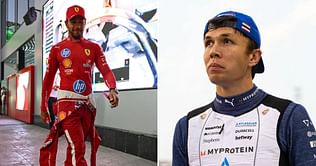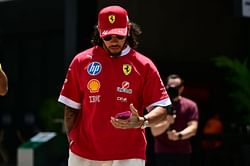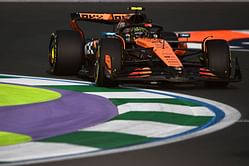What is a Qualifying Session?
Before conducting any race on Sunday, a qualifying session is held a day before the race on a Saturday to determine the order in which the cars will line up on the grid before the race. The qualifying session is considered by many, as important as the race because of the impact the starting position could have on the race.
The current edition of Formula One cars belongs to an era where overtaking is often not straightforward and you lose a lot of time following another car. So better your grid position is, the better possibility you would have of winning the race.
There have been alterations in the qualifying format to make it more attractive. In the current Iteration, qualifying has been divided into three smaller sessions Q1, Q2, and Q3.
The Qualifying format
The current qualifying format is divided into three sessions Q1, Q2, and Q3. After every session, a set of cars are eliminated while the rest qualify for the next session.
Q1: The first session is 18 minutes long. All the 20 cars take part in the session and the slowest 5 cars are eliminated at the end of the session. The Grid Positions 16th to 20th are decided on the basis of their times in this session.
Q2: The second session is 15 minutes long. The top 15 cars from the previous session take part in this session. The top 10 cars from this session qualify for the next session while the slowest 5 cars are eliminated at the end of this session. One added stipulation in this session states that the top 10 cars have to start the race on the same tires as the ones on which they did their fastest qualifying run in Q2. The Grid Positions 11th to 15th are decided on the basis of their times in this session.
Q3: The third session is 12 minutes long and the top 10 positions are decided on the basis of the fastest times in this session. The pole position is awarded to the driver with the fastest time in this session.
Importance of a good qualifying

A good qualifying session means you start further up the grid. It’s always better to start further up the grid if you want to improve your chances of a good race. A good qualifying doesn’t necessarily mean a good race but it does improve the prospects of putting together a good race. Lewis Hamilton holds the record for the most number of pole positions with 98 pole positions to his name.
FAQs
F1 qualifying determines the starting grid for the main race on Sunday. Drivers aim to set the fastest lap times to secure better starting positions, which can impact their strategy and chances in the race.
Qualifying is split into three timed sessions: Q1, Q2, and Q3. All drivers participate in Q1, with the five slowest eliminated. The remaining 15 drivers compete in Q2, where another five are eliminated. Finally, the top 10 drivers compete in Q3 to set the top grid positions.
Pole position is awarded to the driver who sets the fastest lap in Q3. This driver starts at the front of the grid on race day, which is often an advantageous position.
The Qualifying session in formula One lasts, Q1 for 18 minutes, Q2 for 15 minutes, and Q3 for 12 minutes.
